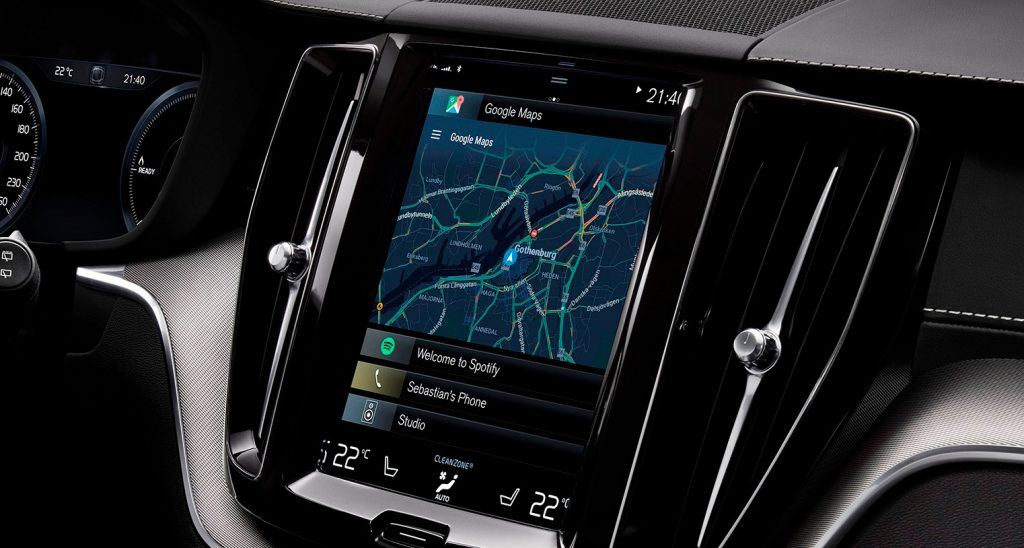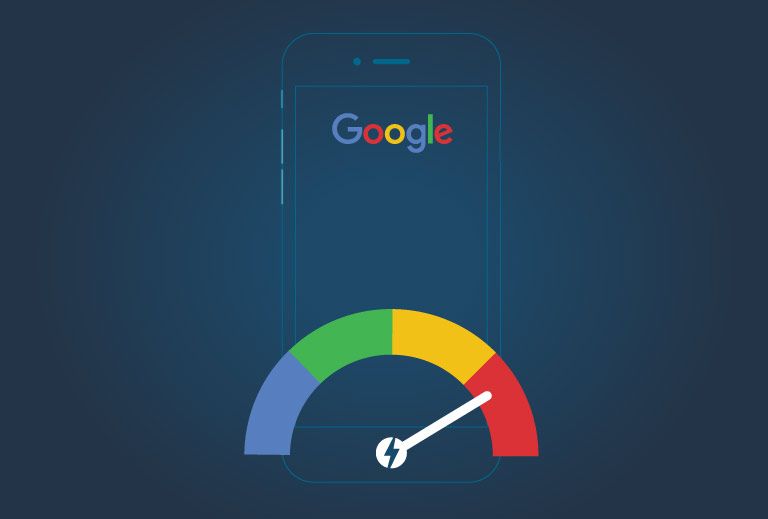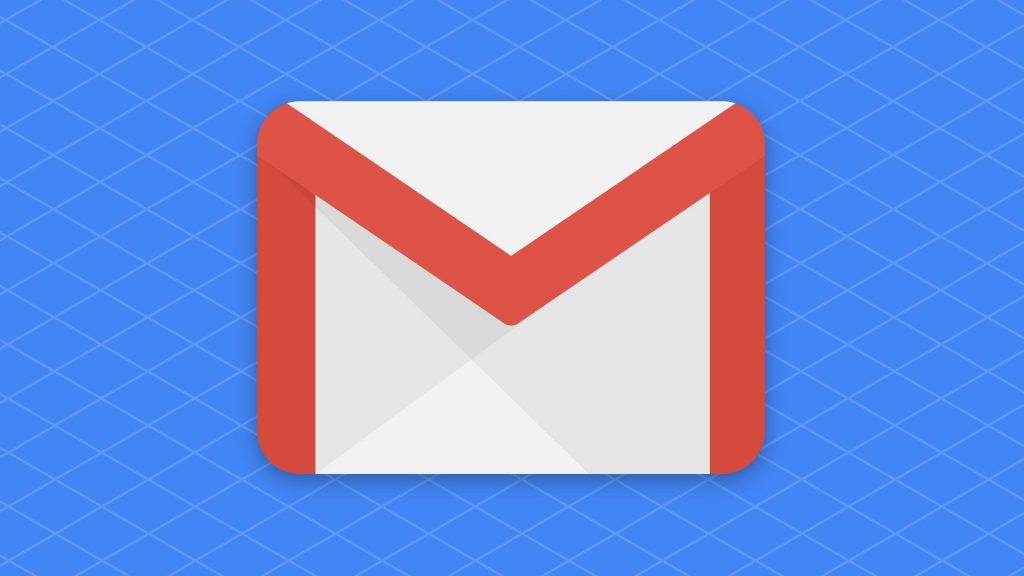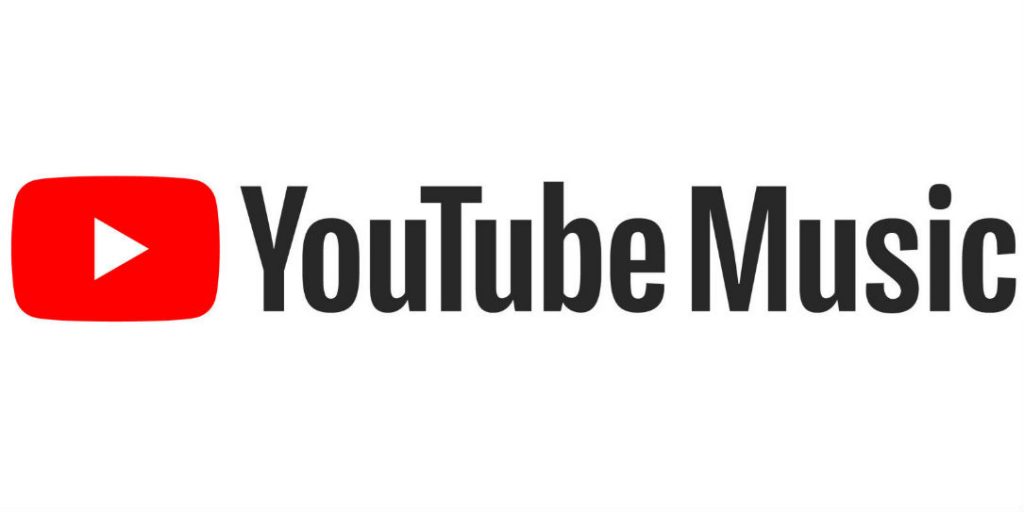Google to Roll Out its Faster and Smarter Next-generation Assistant to New Pixel Smartphones
Google’s I/O 2019 conference started yesterday and tomorrow will be its final day. The company revealed many new products on its first day, including adding one of the most interesting features to its Google Assistant, i.e., Continued Conversations.
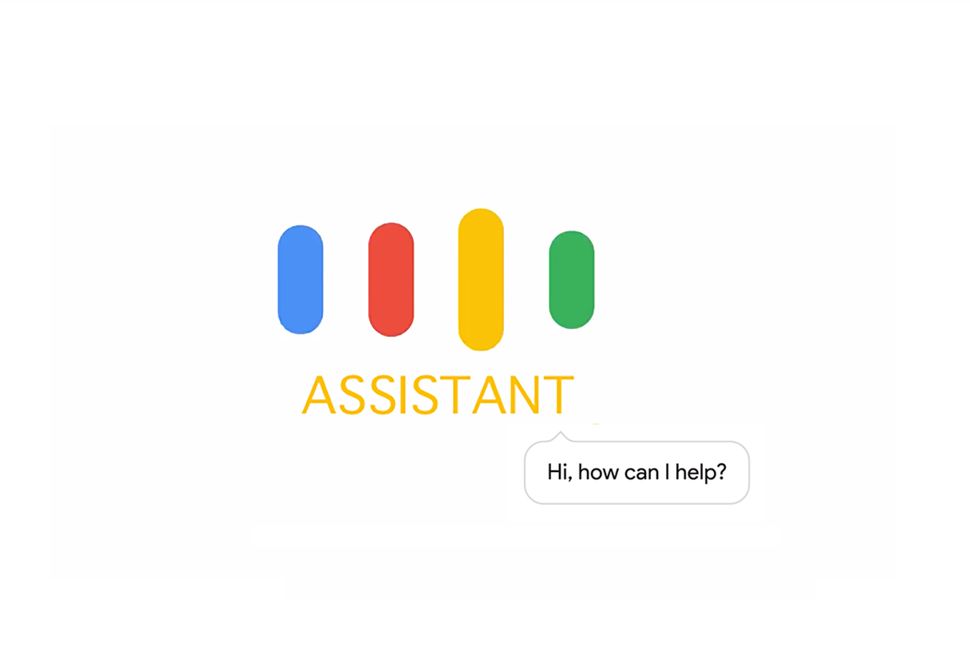
The ones who have already used voice assistants, including Google Assistant, Alexa, Siri, etc. would admit that despite being the smart assistants, these are not as convenient as these are expected to be. In fact, these seem more like the text-to-speech features. These have been the best for carrying out the smaller tasks but never provided that natural communication experience to the users.
But now, the latest Continued Conversations feature of Google Assistant has been brought to provide the users that smart yet natural conversation experience. The company provided a demo of the new feature as to how it will help to simplify most of the tasks for its users. For example, the feature will help the users to craft messages and send to friends, search for a particular file to send it through email. The users can now ask the assistant to take a selfie, hail a ride as well as check the weather, simultaneously.
The company has revamped its old AI models for the assistant, by making it smaller, such that now the requests will be processed directly on the device, which earlier were sent to a remote server. This way, the new Google Assistant will respond to the requests 10 times faster than it used to do previously.
Most importantly, the company has eliminated the need to exclaim ‘Hey Google’ for every single request. Now the user will have to speak the two words only once to wake the assistant, and after the Google Assistant is active, they can give it the commands, directly.
Google is calling the new voice assistant as ‘next-generation’ Assistant, and this new assistant will be rolled out to the new Pixel phones at first, later this year. The assistant is smarter and can process the requests in real time, without annoying its users. The company has not commented on if the assistant will be available only for the high-end devices or for other low-budget devices too.

Yashica is a Software Engineer turned Content Writer, who loves to write on social causes and expertise in writing technical stuff. She loves to watch movies and explore new places. She believes that you need to live once before you die. So experimenting with her life and career choices, she is trying to live her life to the fullest.

